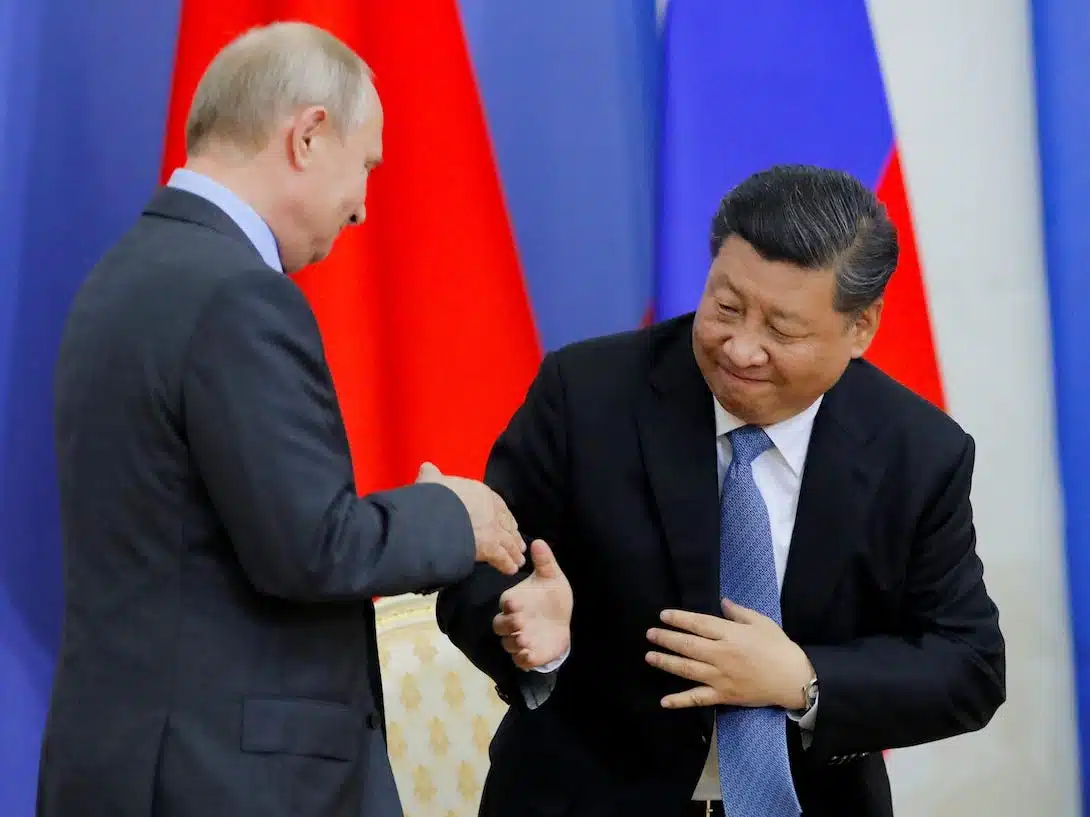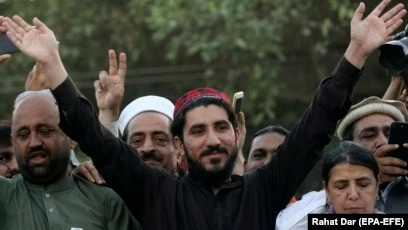The Hidden Truth of Sino-Russian Ties

The apparent friendliness between Chinese President Xi Jinping and Russian President Vladimir Putin serves as a demonstration of steadfast collaboration. Their regular meetings, joint appearances at military parades, and cordial language depict a relationship between two leaders characterized by reciprocal respect and congruent geopolitical objectives. Expressions such as “iron friends” and “unbreakable partnership” bolster the notion of a resilient Sino-Russian alliance. Yet, beneath the facade of smiles and orchestrated iconography exists a more intricate and strategic connection, founded not on camaraderie but on calculated national objectives.
Xi Jinping’s 11th visit to Russia and the over 40 meetings between the two presidents since 2013 indicate a strengthening relationship, however this proximity is driven more by mutual difficulties and strategic pragmatism than by personal connection. The geopolitical scene has significantly altered during the past decade, particularly due to the escalating hostility between the West and both China and Russia. Sanctions, economic conflicts, and ideological antagonism from Western nations have compelled Beijing and Moscow to align with one another, not from affection, but from mutual need.
Following its annexation of Crimea in 2014 and the subsequent invasion of Ukraine, Russia has encountered severe diplomatic isolation and debilitating Western sanctions. These conditions have compelled Moscow to rely significantly on Beijing for economic assistance, including energy transactions, alternative financial systems, and political backing in global forums. China, possessing significant economic influence and global aspirations, offers Russia a facade of stability in international commerce and banking. In exchange, China acquires inexpensive Russian oil and gas, a dependable ally in fighting Western narratives, and strategic leverage in Central Asia, where Moscow’s authority is diminishing.
The asymmetry in this relationship is considerable. China is the predominant partner, both economically and increasingly in military terms. Although Russia is a considerable military force with international influence, its economy is comparatively tiny and vulnerable, particularly due to the impact of sanctions. This disparity is meticulously concealed in public interactions but is essential in private discussions. In energy agreements, China frequently obtains advantageous terms from Russia, aware that Moscow has limited alternative purchasers. In cooperative infrastructure or development projects, Chinese corporations predominantly lead, while Russian competitors assume a subordinate position.
Furthermore, the alleged congruence of values between the two nations is more superficial than substantial. Both governments exhibit authoritarian traits, such as the suppression of dissent, media control, and opposition to Western liberalism, yet their long-term objectives differ. Russia anticipates a multipolar world in which it maintains regional supremacy, especially in Eastern Europe and Central Asia. Conversely, China seeks global leadership, economically and diplomatically, through its Belt and Road Initiative, which disseminates Chinese influence across continents. This aim does not inherently align with Russian aspirations for regional dominance, particularly in overlapping areas of interest such as Central Asia, where both states compete for influence.
Military collaboration between the two nations has intensified, featuring joint exercises and arms transactions; nonetheless, mutual suspicion persists. The Sino-Soviet split of the 1960s serves as a historical reminder of how swiftly ideological partners can transform into rivals. Although open war is improbable, strategic distrust guarantees that military and intelligence collaboration remain restricted. Each nation remains cautious of the other’s motives, and contingency strategies are in place should the alliance face future difficulty.
A further dimension to this intricate relationship is the household image each leader aims to convey. For Xi Jinping, appearing with Putin bolsters his reputation as a global statesman capable of confronting the West. It also resonates with Chinese nationalist feelings, perceiving Western control as a historical injustice. For Putin, associating with the leader of the world’s second-largest economy mitigates the perception of isolation and decline. It conveys to the Russian populace that their country continues to wield respect and influence globally.
Notwithstanding the smiles, mutual pronouncements, and ceremonial displays, the union fundamentally remains transactional. There exists minimal ideological affinity or enduring dedication. Should the geopolitical landscape shift tomorrow, such with the West presenting China with more favourable trade agreements or Russia altering its foreign policy objectives, the “iron friendship” may rapidly diminish in lustre. Diplomacy is ultimately dictated by interests rather than emotions.
The seeming proximity between Xi Jinping and Vladimir Putin is fundamentally not attributable to personal camaraderie or ideological affinity. It is a pragmatic, albeit tenuous, alignment arising from necessity. Both leaders are manoeuvring through a progressively polarized environment characterized by shifting old alliances and the emergence of new power formations. Their relationship, although presently collaborative, is infused with caution, opportunism, and ongoing adjustments of interests. While the public perceives handshakes and kind smiles, beneath the surface exists a strategic interplay between two formidable yet cautious entities on the international scene.











